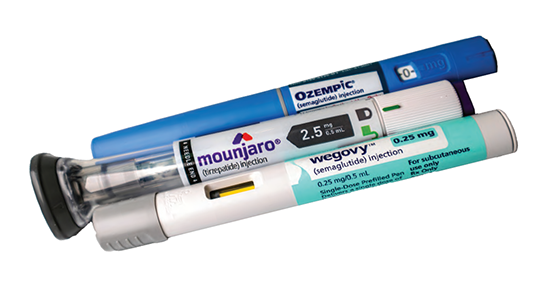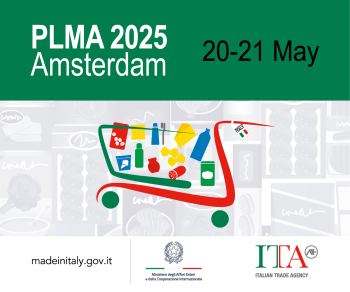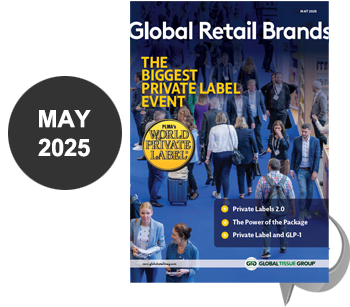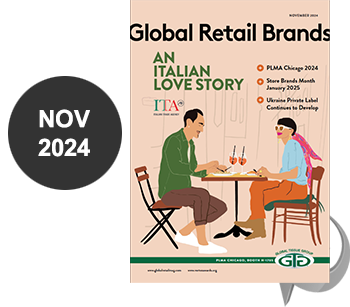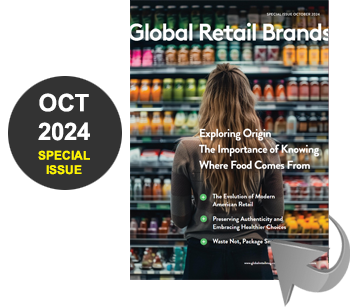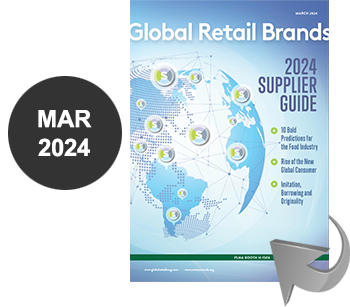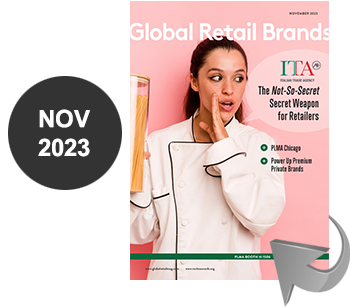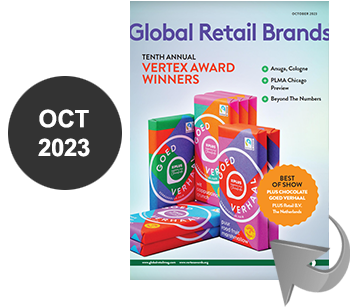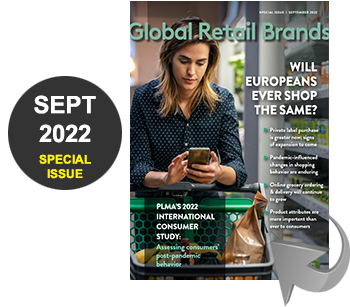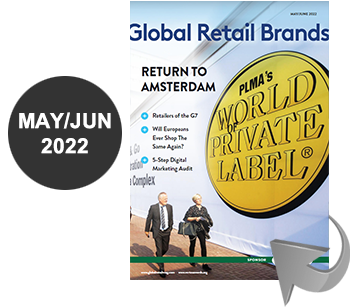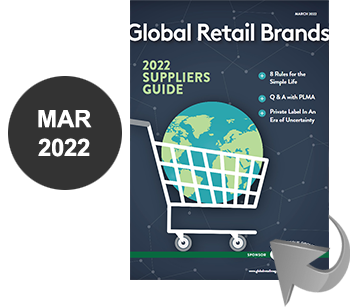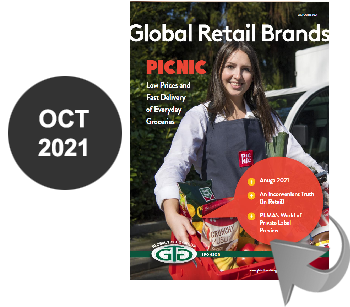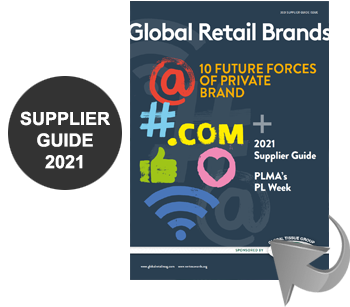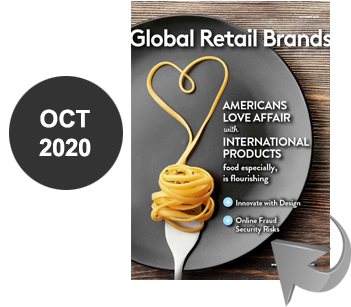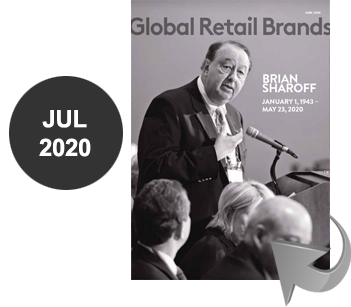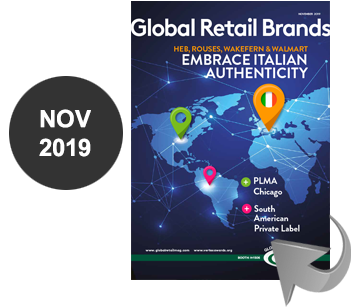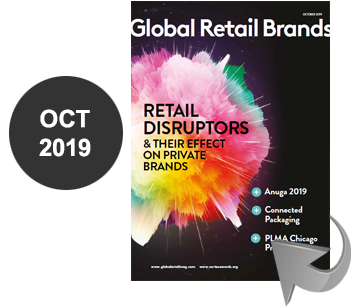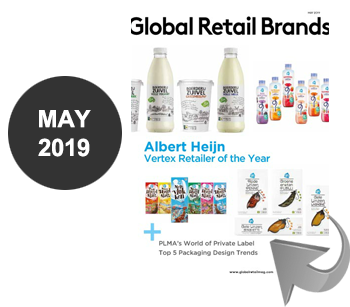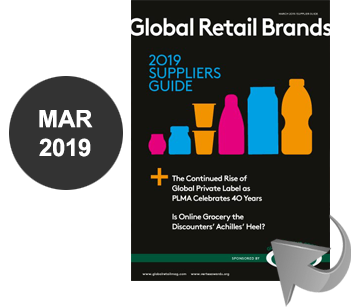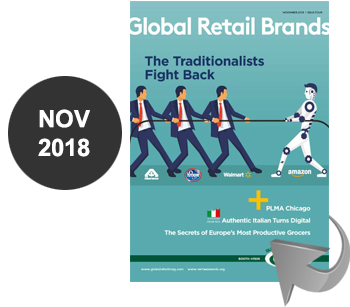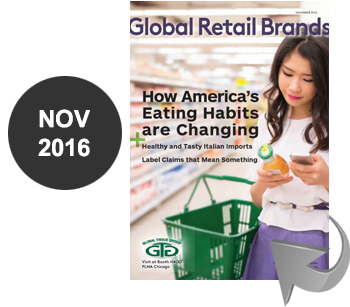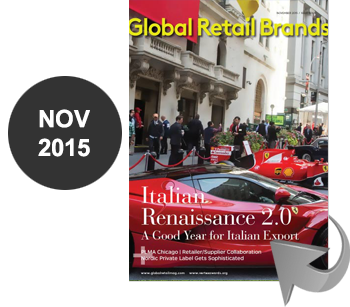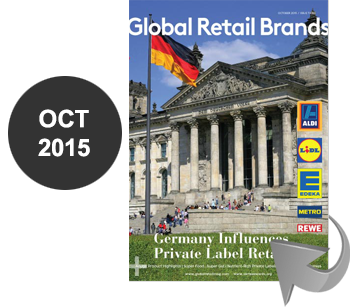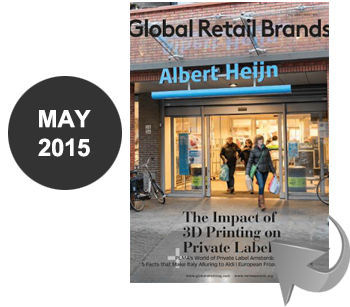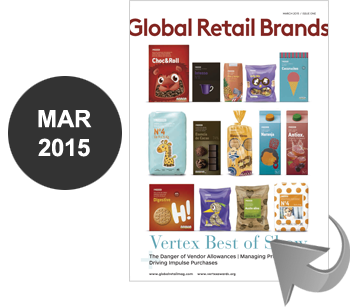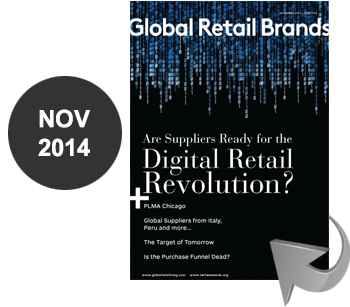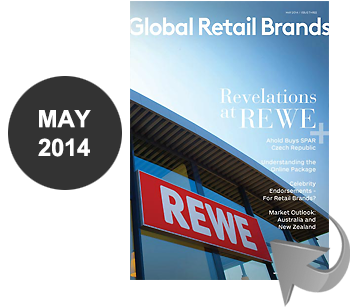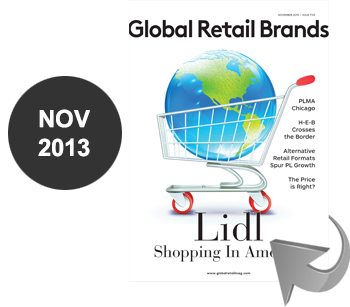How GLP-1 Medications Are Reshaping Consumer Behavior And The Private Label Market
By Hans Kraak, Principal Kraak Media
A silent revolution is happening in grocery aisles and food courts around the world. The culprit? Not a flashy new diet, a viral superfood, or a health influencer’s latest obsession. Instead, it’s a class of medications that most people had never heard of just a few years ago: GLP- 1 receptor agonists, originally designed for diabetes but now increasingly prescribed for weight management.
These drugs, including names like Ozempic, Wegovy, and Mounjaro, are altering how people interact with food, and that’s already sending little shockwaves through the entire food and beverage industry. Consumers are eating less, craving differently, and making purchasing decisions in ways that could shake the foundations of food retail. For private label producers this shift presents both a challenge and an opportunity, as millions of people are overweight or obese, and more and more effective medicines are on the rise. At this moment almost 500 new medicines are in development. Okay, not all will finally enter the market, but the effectiveness of the new medicines is not to stop.
A New Relationship With Food
Imagine stepping into a supermarket with a different mindset. The hunger pangs that used to drive impulse snack purchases? Muted. The craving for sugary indulgences? Subdued. This is the lived experience of many GLP-1 users, who report significantly reduced appetites and a dampened emotional connection to food.
This change in consumer behavior is already showing in sales data. Fast food chains are reporting declines in portion sizes and frequency of visits. Grocery baskets are seeing fewer high-calorie impulse buys and more protein-rich, nutrient-dense selections. For food manufacturers – particularly those that rely on impulse- driven sales – this is a pressing challenge.
According to a recent KPMG report, the rise of GLP-1 medications is expected to have a long-term impact on food consumption patterns, influencing everything from product development to marketing strategies in the retail sector. The report highlights the growing need for brands to adapt to changing consumer behaviors by offering smaller portions, higher nutritional density, and health-conscious formulations.
The Private Label Perspective
Also for private label producers now face a shifting landscape. Consumers on GLP-1 medications may be buying less, but they are not necessarily spending less. In fact, they are seeking quality over quantity, focusing on nutritional value rather than volume. This presents an opportunity for private labels to pivot their strategies toward products that align with this new behavior.
How Private Label Brands Can Adapt?
- Reformulating for satiety and nutrition
If GLP-1 users eat less, every bite matters more. Private label brands must prioritize nutrient-dense formulations that appeal to this growing consumer base. Protein-rich meals, fiber-packed snacks, and balanced frozen options can become strong categories for growth. - Smaller portions, higher quality
The era of supersized meals may be waning. Instead, private labels can innovate with smaller, premium-format offerings – think of gourmet snack packs, portion-controlled ready meals, and high-protein single-serve yogurts. - Health-centric marketing
Packaging and branding will need to shift towards highlighting nutritional benefits rather than simply price advantages. Claims such as “high in protein,” “rich in fiber,” “gut-health friendly,” and “low glycemic impact” could resonate strongly with GLP-1 consumers. - Functional ingredients and personalized nutrition
The next frontier for private label brands could be functional foods—those with added health benefits. Probiotic-enhanced snacks, vitamin-enriched beverages, and protein-packed meal replacements can cater to consumers who are consciously optimizing their nutrition. - Diversifying retail strategies
If grocery store trips become less frequent due to reduced food consumption, private label brands may need to rethink how they engage consumers. Subscription models, direct-to-consumer channels, and personalized recommendation algorithms could help sustain brand loyalty in a market where food consumption is decreasing overall. With GLP1 in mind.
The Road Ahead
The rise of GLP-1 medications is not just another diet trend, it’s a medical revolution that’s redefining food consumption at scale. Private label producers who understand this shift and act swiftly will be best positioned to thrive in the new food economy. Those who cling to traditional volume-driven models may find themselves struggling to keep pace. For now, the smartest move for private labels is clear: embrace the change, innovate with intent, and recognize that the weight of change – just like the weight on the scale for millions of consumers – is moving in a new direction.
Hans Kraak
Hans Kraak is educated in biology and journalism and wrote three books about nutrition and health. He worked for the Dutch ministry of Agriculture, Nature and Food quality and the Netherlands Nutrition Centre. As editor in chief he publishes in the Dutch Magazine for Nutrition and Dietetics, as a food and wine writer he published in Meininger’s Wine Business International and reports for PLMA Live EU and PLMA USA.


